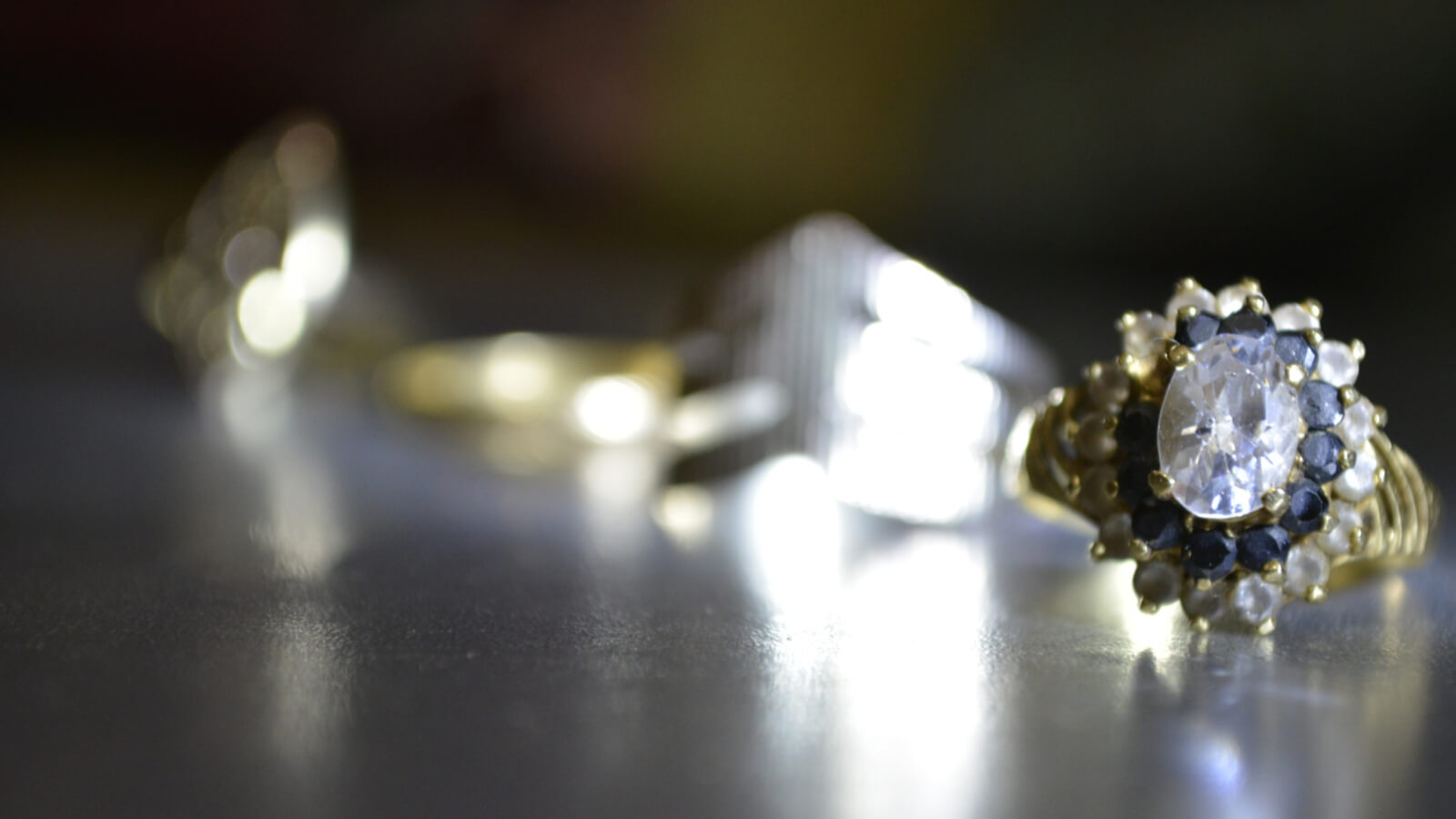If you have any antique jewelry or just bought some at an estate sale, don’t clean it right away! Any piece that’s at least 100 years old (the definition of antique for jewelry) will need special care. This might seem strange because the stones and metals used in jewelry haven’t changed too much, but there are some things to consider first before taking out your cleaning equipment.
Repair First
The rule with cleaning any piece of jewelry is to repair it before cleaning. This is very important for antique jewelry. Stones have to be checked for cracks and looseness. Old settings aren’t as strong as modern ones. Resizing pieces should also be done before any cleaning. Therefore, if you’ve just bought or inherited an antique piece of jewelry, the first thing to do is to take it to a jeweler with antique experience, like Grogan Jewelers, for an inspection.
Understand Patina
Much of the proof that a jewelry piece is antique is through the presence of patina. Patina is a word used in the antique industry to describe qualities that materials develop naturally with age. Oxidation, scratches, and other imperfections can actually add to the charm and value of a piece. It gives each piece a unique character.
An antique piece with a well-balanced patina may actually be better off not cleaned in order to preserve the patina. But if the patina is blotchy, cleaning it may be best. A jewelry appraiser can help you make decisions about patina. It is also possible to re-add some patina characteristics artificially after a cleaning.
Use Foiling
If you are wearing an antique piece and it gets dirty, don’t rush to put it under water. There is a type of jewelry setting used in antique pieces, especially ones prior to 1830, that can be easily damaged by water. It’s called a closed-back setting. Jewelers would set a stone into a ring with a piece of foil between the two. The foil would make the gem sparkle much more as light went through the stone and bounced off the foil. This foil can become tarnished if the piece is placed under water and will ruin the effect. The only way to fix it would be to remove the stone and replace the foil.
When you get your antique piece appraised, ask your jeweler if it has a closed-back setting. If it does, never immerse it in water. Use a dry lint-free cloth to polish these pieces. That foil needs to stay in good condition.
Professional Ultrasonic Machines
Ultrasonic cleaning works great for modern jewelry and is usually safe enough that it can even be done at home. It is dreadful on antique jewelry. The main reason why it’s so bad is that antique settings don’t hold stones as tightly as modern settings do. When antique pieces are put into an ultrasonic bath, the vibrations can damage prongs and cause stones to fall out. Furthermore, you run into the same problems of foil immersion and removal of patina that can lower the value of your piece. Bottom line; don’t ever use an ultrasonic machine with antique jewelry!
If you have antique jewelry that you want to clean, we have experienced jewelry cleaners at our Florence and Huntsville, Alabama locations, as well as our Cool Springs location in Franklin, Tennessee. We would be glad to examine it and tell you how you can keep the piece in good condition for wear while retaining its value.
Appraising Antique Jewelry: What Jewelers Look For

